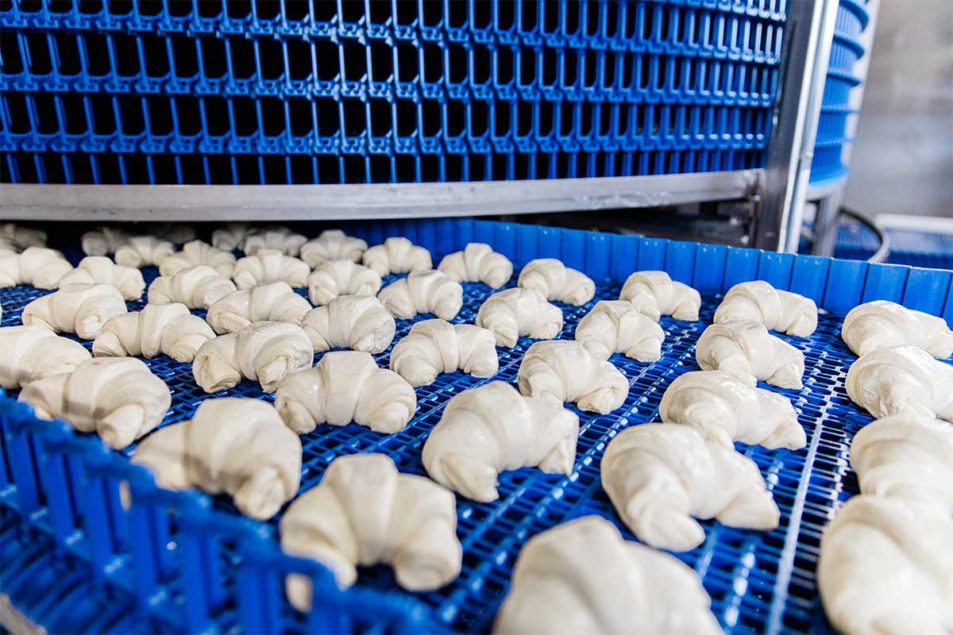There’s often time to fix a broken supply chain, but that’s a luxury no bakery can afford when dealing with failing belts or conveyors.
“Unfortunately, unless the baker has the replacement parts on their own shelves, it’s very difficult to avoid current supply chain issues,” noted Bob Harrington, vice president of sales and marketing. , Capway Automation. “Vendors supplying these important parts face the same supply chain issues in sourcing the raw materials needed to manufacture and stock these parts. Bakers should assess the potential risk of stopping a production line while it is running and ensure they stock long-lead items on their shelves to reduce the risk.
Although increasing critical spare parts inventory is more expensive in the short term, it may be the more prudent alternative when supply chain disruptions are so unpredictable.
“Make sure your equipment is up to current standards with the ability to source the necessary spare parts and avoid long lead times for parts that may be obsolete,” advised Jeremy Shall, Head of North American bakery/snack team, Intralox. “Working closely with your suppliers can be a guarantee that you are using the latest technologies and help to mitigate this risk. Also, check with your providers to understand what kind of emergency services they can provide in an emergency.
Many bakeries may consider standardizing their operations when seeking investment at the International Baking Industry Expo, which will be held September 17-22 in Las Vegas.
“Wherever possible, we will use as many motors, gearboxes, belts and variable frequency drives as possible,” said Clint Adams, vice president of sales and marketing, CBF Bakery Systems. “This will keep parts inventory to a minimum.”
Even in bakeries with custom designed belts, using the same size belt can pay off in many ways.
“If they could standardize their operations with a 40-inch-wide tape, you can have spare tapes on the shelf in seven or eight 50-foot rolls instead of tapes of all different sizes,” Jonathan Lasecki observed. , Director of Engineering, Ashworth Bros. “Standardizing the belts also allows them to order 5,000 feet of belt from us instead of just 1,000 feet. They can order longer lengths, which gives them volume discounts and allows us to improve production efficiency. Plus, they may even have a spare belt on the shelf because it was made cheaply and on time.
Jeff Garwood, Global Product Manager, Food Transportation, Regal Rexnord, recommended developing a partnership with critical spare parts suppliers to ensure they have the metal and resin on hand to create belts in timely.
“COVID has thrown a bullet through everyone’s supply chain,” Garwood said. “Regal Rexnord sees a positive outlook on both the metal and resin side, but it’s been an interesting few months.”




